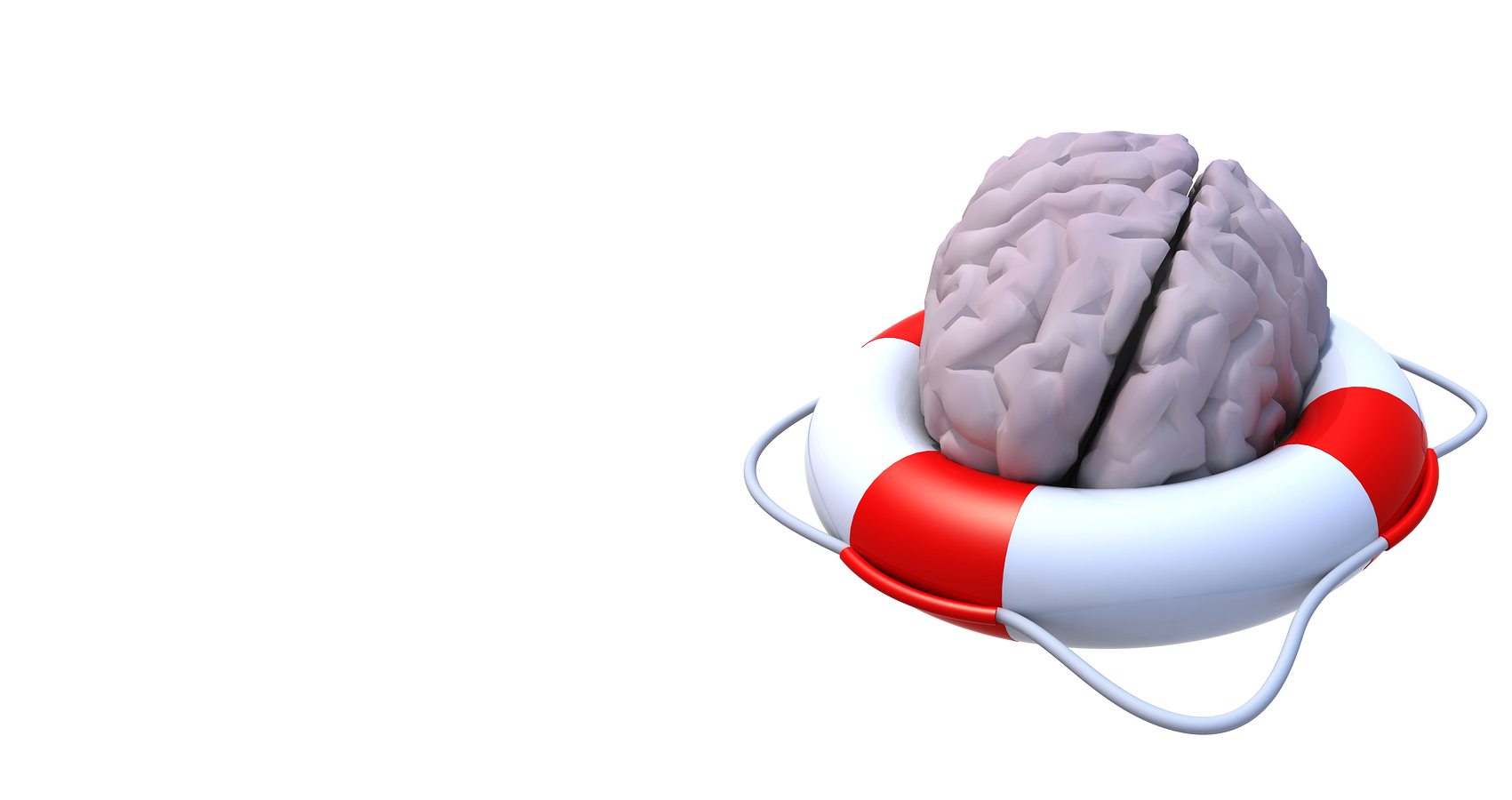In spite of remarkable progress in medical fields, Iran is lagging in the prevention and treatment of brain strokes, said to be the second leading cause of mortality in the country.
On average there are 250 to 300 cases of stroke per day, with 20% resulting in fatalities and 80% in disabilities, according to official statistics. A stroke is a condition when poor blood flow to the brain results in cell death.
Babak Zamani, head of the Iranian Stroke Society, blamed the slow progress in the field of stroke treatment on the “lack of teamwork culture” among the relevant sectors as well as public ignorance about the condition, IRNA reported.
“Stroke treatment within the first three to 4.5 hours after the onset of symptoms can be successful; therefore it is essential to transfer a patient to a medical center in time.”
Every five minutes, one Iranian has a stroke. On a daily basis, 288 people have strokes which add up to around 105,000 people annually. The average age of stroke fatalities in the country is 10 years below the global average and 80% of victims suffer from disabilities with half bed-ridden for the rest of their lives.
Obesity, use of birth control pills, smoking, high blood pressure, and diabetes put people at increased risk for stroke.
Brain stroke is one of the most treatable human ailments. However the ‘golden hours’ for treatment is within the first 2-3 hours after the onset of symptoms, and therefore the existence of well-equipped ambulances and constant presence of physicians in hospitals, helps lower the mortality rate.
Slow Progress
“Lack of timely care (indicated by the high number of disabilities), is due to the slow progress in stroke treatment, which in many countries is the fifth leading cause of death while in Iran it is the second top cause,” Zamani noted.
He rued the shortage in specialized workforce for treatment of stroke.
Nevertheless, some positive developments have taken place in the past few years. “With the launching of the National Committee for Brain Stroke Treatment by the Health Ministry, the quality of services provided to the patients has improved.”
“Around 55 hospitals have been upgraded and equipped for stroke treatment,” he said.
Also, tissue plasminogen activator (tPA) which is the only Food and Drug Administration approved treatment for ischemic strokes, was earlier not in the official drugs list but has now been added and is under insurance cover.
“The high cost of the drug made it difficult for the patient’s family to acquire it in the first three hours, but insurance coverage since 2015 has made a great contribution,” he said.
After a stroke, a clot-busting drug, tPA (50 ml), must be given intravenously within 3-4 hours to be effective. Each vial of the drug costs $450 (18 million rials). For people weighing more than 70kg, two vials of the drug may be needed (costs $900). The drug can effectively reduce the rates of mortality and disability by 50-60%.
Zamani stressed that in order not to miss the golden four hours after a stroke, patients must necessarily be transported to hospital by ambulance (not private cars) since emergency medical staff know the location of the nearest hospitals that have the required facilities and can use the special lanes and no-entry zones.
He urged the public to call the hotline 115 in times of emergencies.
The main risk factor for stroke is high blood pressure. Other risk factors include tobacco smoking, obesity, high blood cholesterol, diabetes mellitus, previous transient ischemic attack (TIA), and atrial fibrillation.
Lack of Awareness
Lack of awareness about the symptoms of a stroke also contributes to valuable loss of time and effective medical care.
FAST (face, arm, speech, time) is an easy way to remember and identify the most common symptoms of stroke.
In this technique, the patient is asked to smile, raise both hands and repeat a simple phrase. If one side the face droops, an arm drifts downward and the speech is slurred or strange, the emergency number must be called immediately.
Recognition of stroke and calling emergency medical services will determine how quickly someone will receive help and treatment.
A few changes in lifestyle can also help prevent the condition such as avoiding smoking and second-hand smoke, improving eating habits, eating foods low in saturated fat, and trans-fat, sodium and added sugars, being physically active, controlling blood pressure, reaching and maintaining a healthy weight, decreasing stress level and regular medical checkups.


